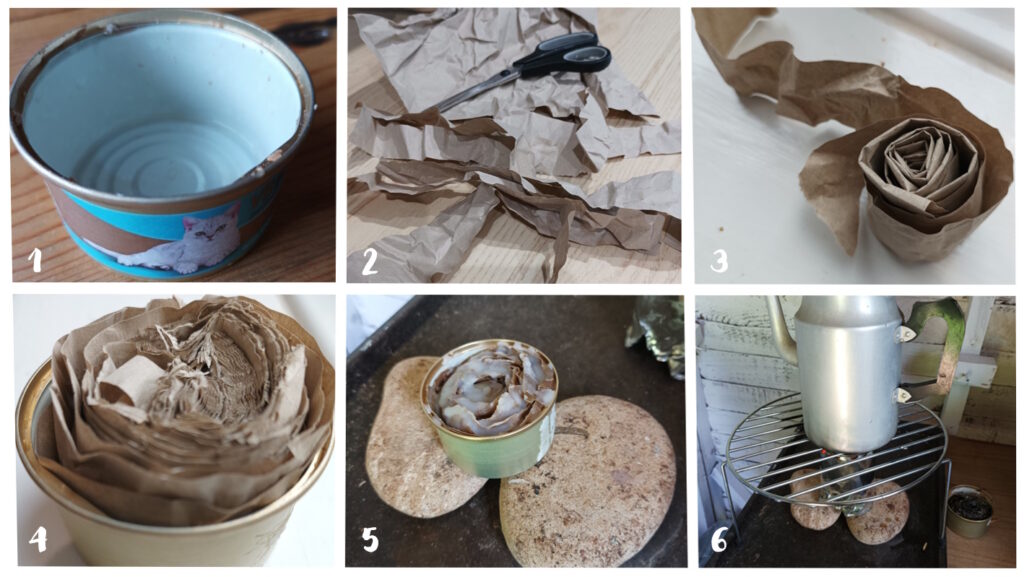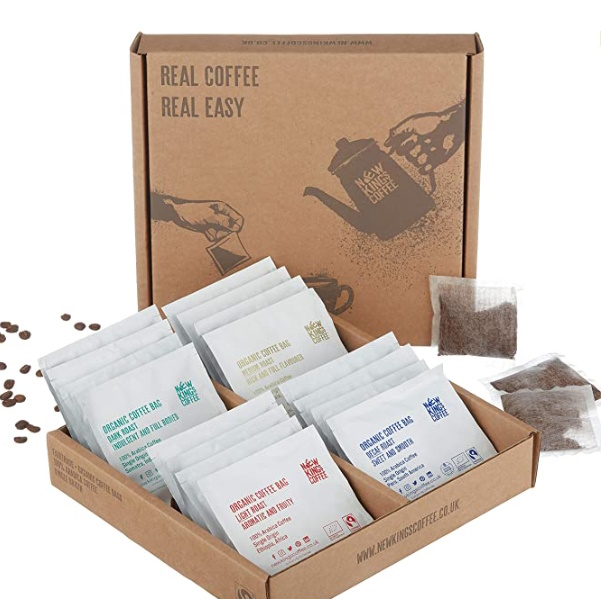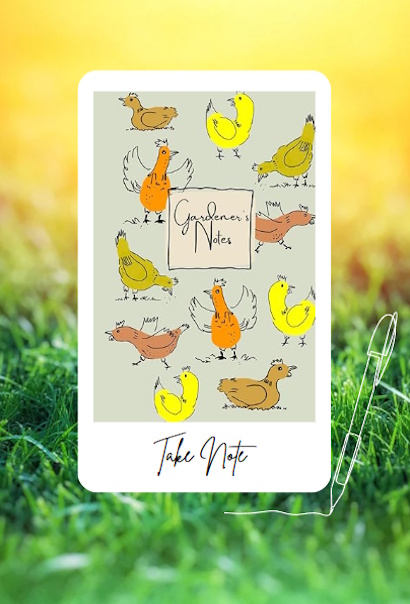Hen’s Tooth allotment has given me a great opportunity to experiment with some off-grid projects.
I’m breaking things down into baby steps; projects I can do in a day, or work on at home and take to Hen’s Tooth.
Part of the fun and the challenge of having an allotment is to be as sustainable as possible. To reuse and re-purpose things. It’s surprising what you can do with some candles, scrap paper and old food cans.
The Hobo Stove
I’d like to be able to make myself a cup of coffee while I’m working. I needed a way to create a small stove, without resorting to buying a gas stove or something else that relies on fossil fuels. Longer term I’ll make some kind of barbecue area, but in the interim I decided to try something small and simple.
I took to Pinterest and found Hobo Stoves.
What Is A Hobo Stove?
A hobo stove is a simple, portable cooking device. It is made from discarded or improvised materials to provide a means of cooking food and boiling water outdoors.
There are a a couple of approaches to making a stove.
The Basic Designs
The Open Can and Twigs Hobo Stove
The basic design of a hobo stove consists of a metal container or can, such as a large coffee can or old food can, ventilation holes and combustible material.
One approach it to use an old food can, punch several ventilation holes or cut around the sides near the bottom. The top of the can is open, creating a cooking surface. Some designs may also include a wire or metal grate to hold the cookware above the flames.
To use a hobo stove, gather combustible materials such as twigs, small pieces of wood, or other organic matter and place them inside the stove through the open top. The ventilation holes allow air to flow into the stove, supplying oxygen to the fire. You then light the fire, and the heat produced can be used for cooking or boiling water.
I’ve not tried this method yet as I’ve only had small cans to use. Instead, I’ve used another approach.
The Small Can-Candle Hobo Stove
The idea is to take a small can – I’ve used an old cat food can – coil strips of cardboard or paper, slot them in, then melt wax over the paper and let the wax drip in between the layers. The paper acts as a wick and the wax acts as a fuel. It will burn much longer and hotter than a candle.

How To…
Step 1: Start with a clean, small can. A cat food can is ideal.
Step 2: Cut strips of scrap paper, the depth of the can. I’ve used packaging – but newspaper, or thin card, craft offcuts etc. work too, whatever scraps you have.
Step 3: Wind your strips into a spiral.
Step 4: Keep adding strips and winding until you have enough to loosely fill the can.
Step 5: Either melt some wax (beeswax pellets, soya wax flakes, or old candle scraps) in the microwave for a few seconds, or light a candle and direct the drips into the can. Cover the paper and let the wax drip between the layers.
Step 6: Set up a stand above your stove. You could use a metal stand as I have (I picked this up in a junk shop for £2) or get a larger can, open both ends, make some ventilation holes in it and stand it over the stove to put your pot on.
I picked up this vintage coffee pot in the same junk shop for £5. It’s ideal – as one hobo candle stove burns out it’s just enough to heat the pot. It’s not quite enough to boil the water, so it’s not ideal for making tea, but it’s hot enough to be the perfect temperature for making coffee, and filling up a Pot Noddle!
I tried a Mokka to make coffee, but there’s not enough heat produced to boil the water. Instead, I’ve bought coffee bags:
New Kings Coffee are fab coffee bags, from a start up I met on a enterprise accelerator scheme in Bristol.
I love their selection pack and it’s ideal for my ‘kitchen’ at Hen’s Tooth.

Why A Hobo Stove?
Hobo stoves are lightweight, compact, and can be made from readily available materials. They provide a convenient way to cook meals or heat water where traditional cooking equipment may not be available.
I’ve set it up inside my shed because it needs to be out of the wind to work. The can also gets really hot, so it’s important to take necessary safety measures. I’ve placed an old baking tray on the table top and a couple of flat stones to put the stove on. The stones stop the heat conducting through to the tray and burning the table, but the tray is there to stop the stove falling onto a flammable surface. I never leave the stove unattended and it is slow to get going, so I time it to sit and have a rest in the shed!
Hobo stoves should be used with caution, and safety measures should be taken to prevent the spread of fire and avoid accidents. Always make sure to use them in appropriate outdoor settings and follow any regulations or guidelines related to open fires and cooking.
Stay safe and enjoy your coffee!
*As an Amazon Associate I earn from qualifying purchases. This post may contain affiliate links.
